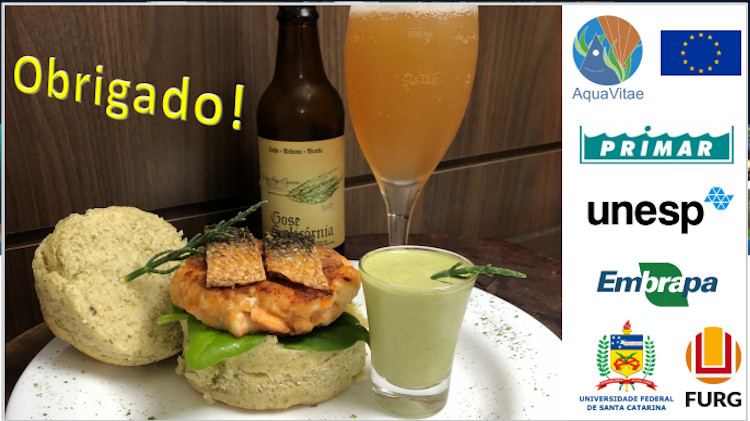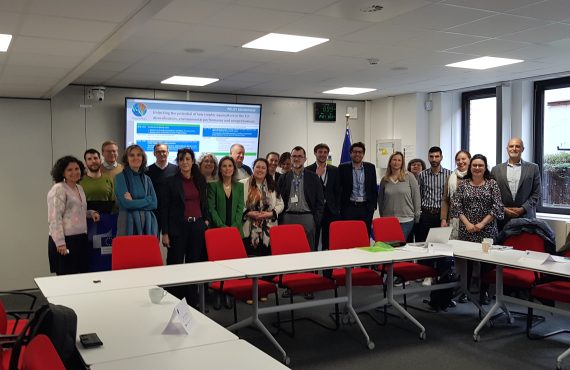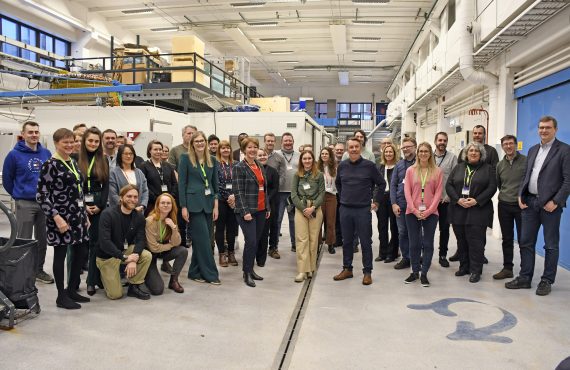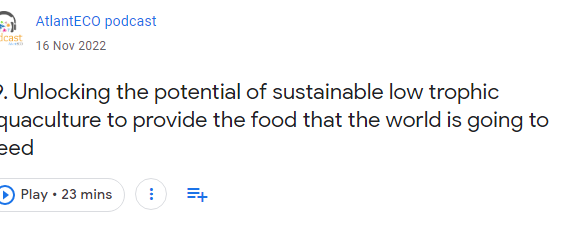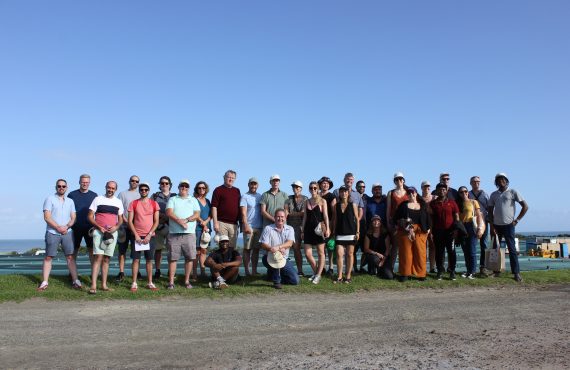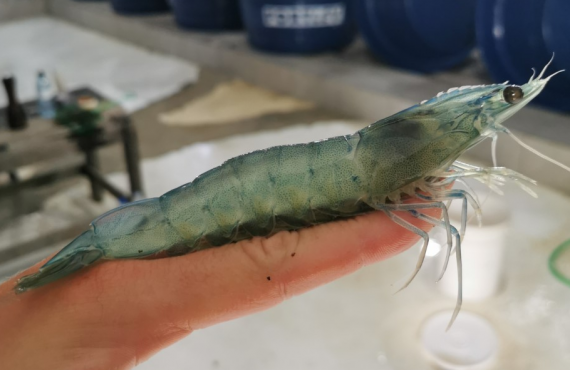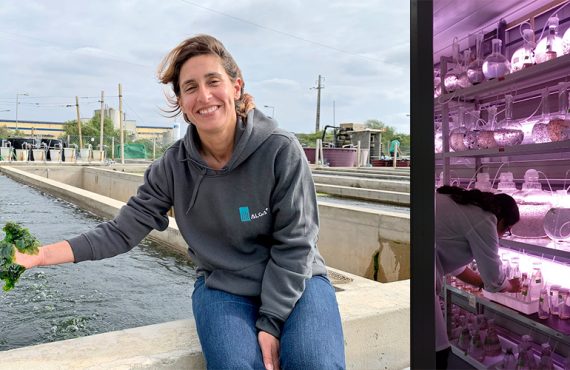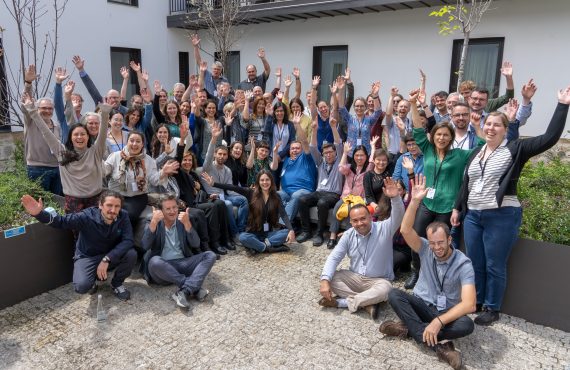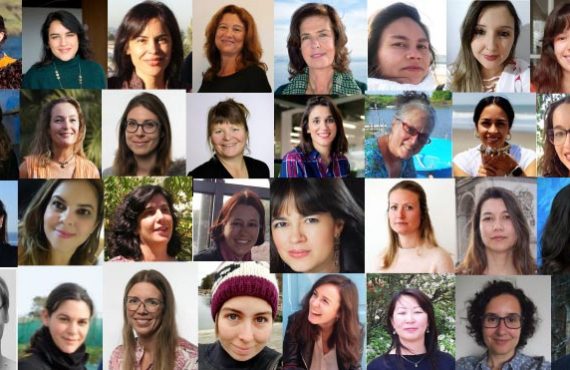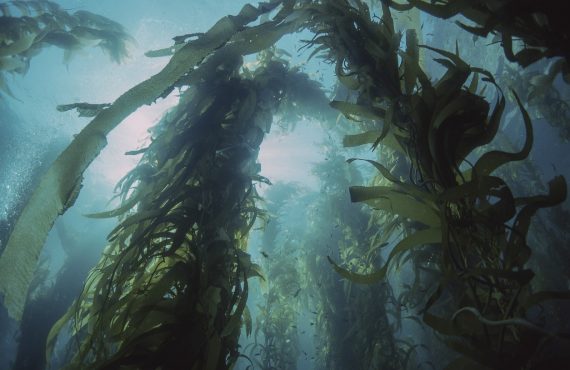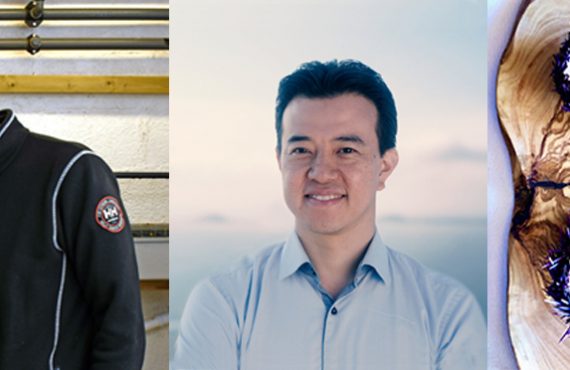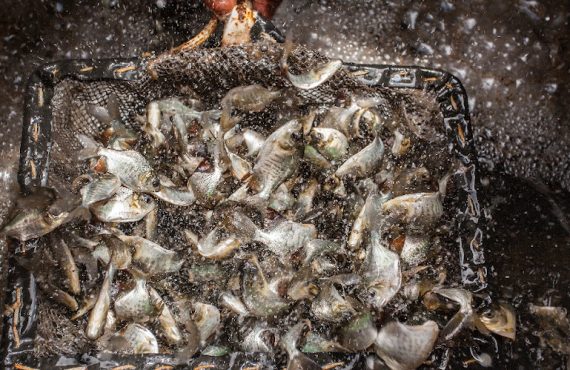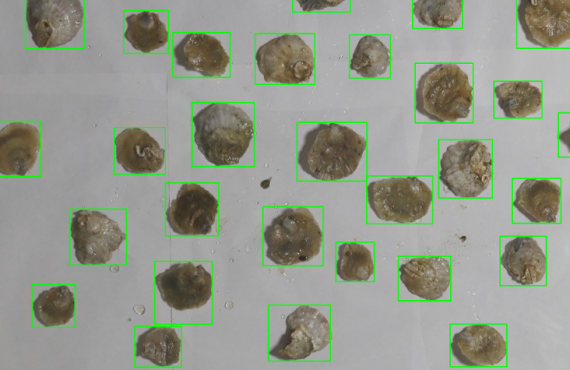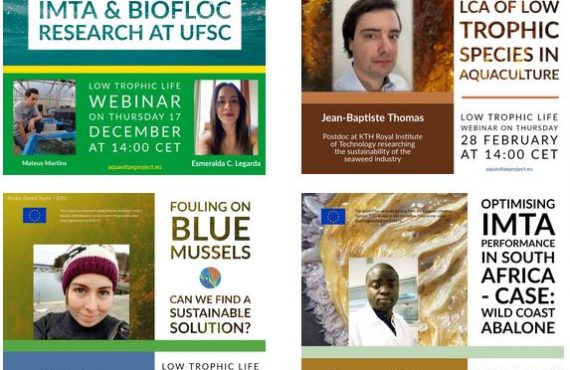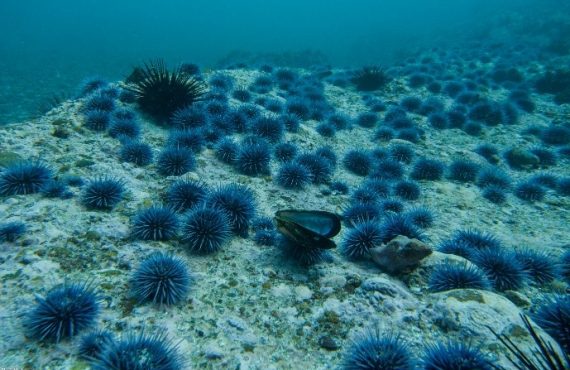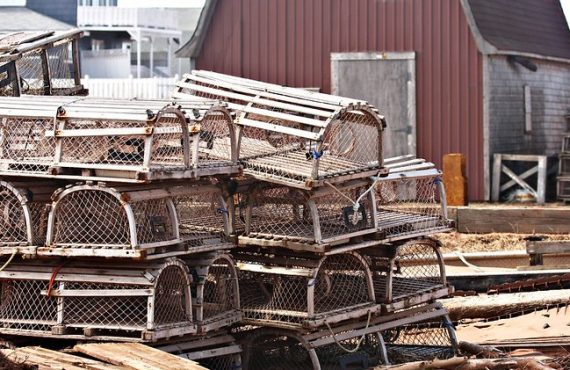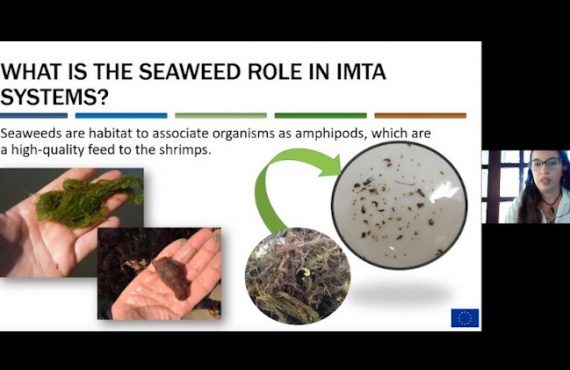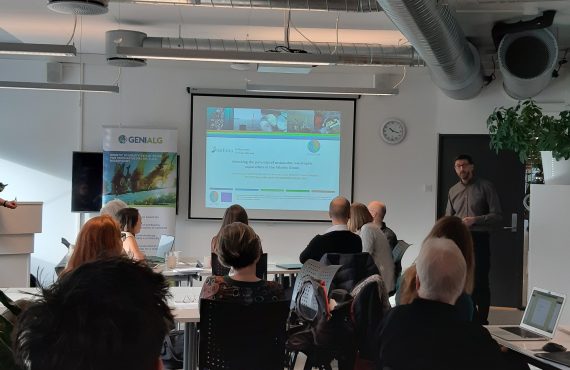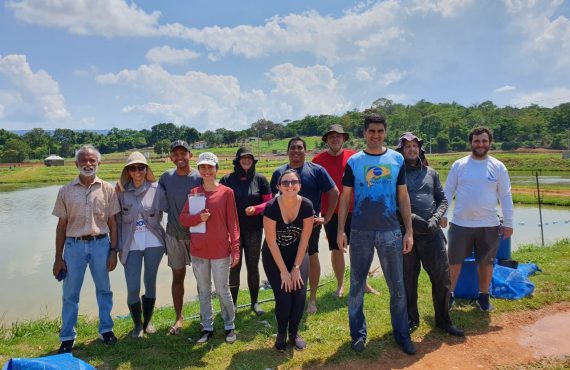A dish with IMTA products: a shrimp hamburger, with Salicornia mayonnaise and an IMTA beer. Photo by Felipe Vieira, of UFSC.
All AquaVitae partners in Brazil, the Federal University of Santa Catarina (UFSC), the Federal University of Rio Grande (FURG), the Paulista State Julio de Mesquita Filho University (UNESP), EmBraPa and Primar Aquacultura Orgânica, hosted a stakeholder workshop to present latest developments on aquaculture production using sustainable solutions as biofloc and Integrated Multi-trophic Aquaculture (IMTA). More than 20 representatives of Brazilian companies, the administration and academia participated.
Felipe Vieira, leader of the case study on Biofloc and pond-based IMTA, said “This was an important moment to get the feedback from different actors of Brazilian aquaculture industry about the advances in CS5. Both improvements in biofloc technology parameters or Integrated Multitrophic Aquaculture Systems have the potential to improve Brazilian Aquaculture. Some of the attendees are already stakeholders from AquaVitae and for some of them was the first contact with the project. This one important step for long-term collaboration.”.
Betting on sustainability: Biofloc and IMTA
Experiments run by the AquaVitae team have measured the parameters of a biofloc system, an Integrated Multi-trophic Aquaculture system (IMTA) in a biofloc system and a IMTA pond-based system.
Biofloc systems, mostly applied to shrimp aquaculture, allow for high density cultivation with minimal water exchanges. Paulo Abreu, of FURG, outlined that in comparison to traditional farms, this reduces the need for land and water availability. The system consists of microbial aggregates that interact with nitrogen, carbon and the bacteria in the system, keeping water quality and increasing biosecurity.
Another set of experiments assessed the performance of IMTA in a biofloc system with shrimp, mullets and seaweed (Ulva sp.). The introduction of a species as tilapia, oysters or mullets helps to remove the residues from the system. This results in an IMTA system, where a by-product of one species ends up being the feed for another. Benefits of IMTA are multiple, with companies being able to diversify their production, decreasing expenses on feed and environmental impact, while adding value and enhancing production conditions. On the other side, key factor as the right combination of species, their biomass relations, and their economic viability will be further explored. Luís H. Poersch, of FURG, presented the results.
In Brazil some producers are already testing IMTA systems, with shrimp producers introducing fish in the same tank, and shellfish producers adding algae to their sites.
Research and industry hand in hand
Two Brazilian partners, UNESP and Primar Acuicultura Orgânica, are developing a new IMTA systems for ponds, in which they cultivate oysters, shrimp and macroalgae in an organic system. Primar Acuicultura Orgânica is the only Brazilian company producing organic shrimp and oysters in low-density systems. Through their work in Primar site, in Northeast Brazil, the UNESP team is contributing to tune up IMTA conditions such as rearing periods, ideal biomass combination or the adaptation of ponds for cultivation. Their efforts aim at increasing shrimp cultivation density, enhancing natural feed and shelter, diversify their products and support a balanced system. Circular economy and SDGs principles are at the core of these systems, as highlighted by Wagner C. Valenti, at UNESP.
Next steps: scaling up
All of the experiments have obtained preliminary positive results, proving the biofloc and IMTA potential to support environmental-friendly aquaculture. Now they look forward to scaling up their experiments by running them with aquaculture producers at a bigger scale to prove their potential. Any interested stakeholder can contact the AquaVitae team to explore the possibilities of collaboration.
Part of the participants in the case study on biofloc and pond-based IMTA held in October.




